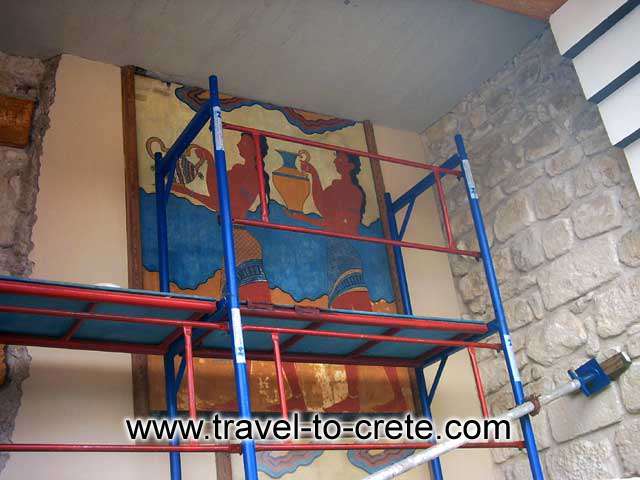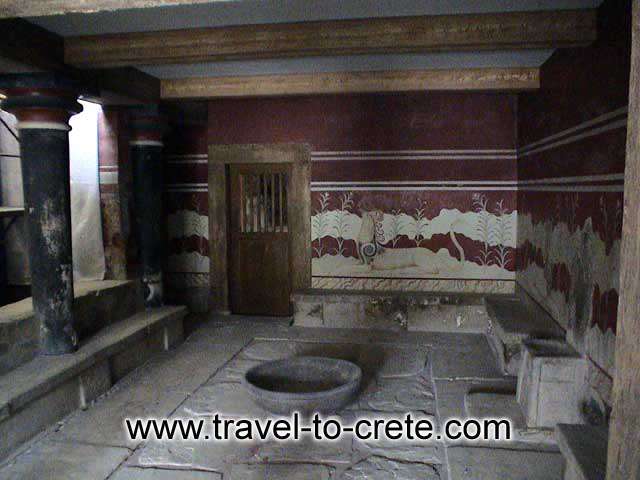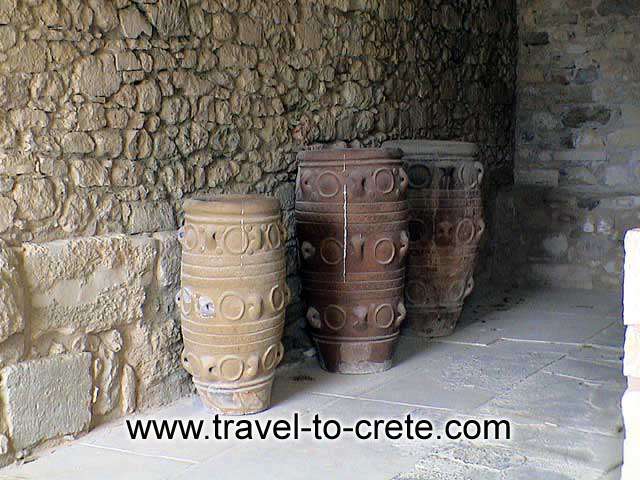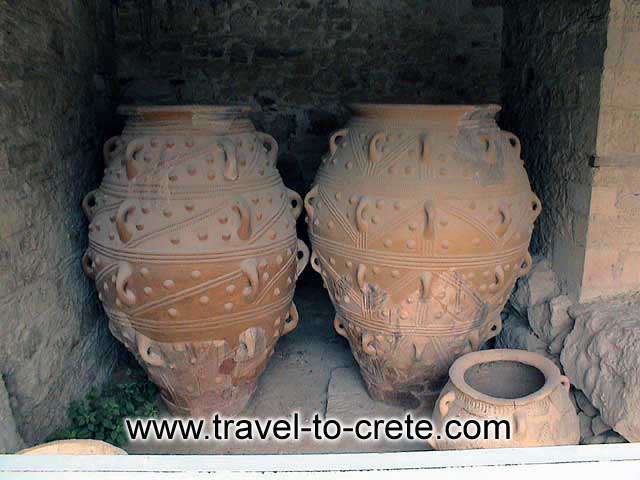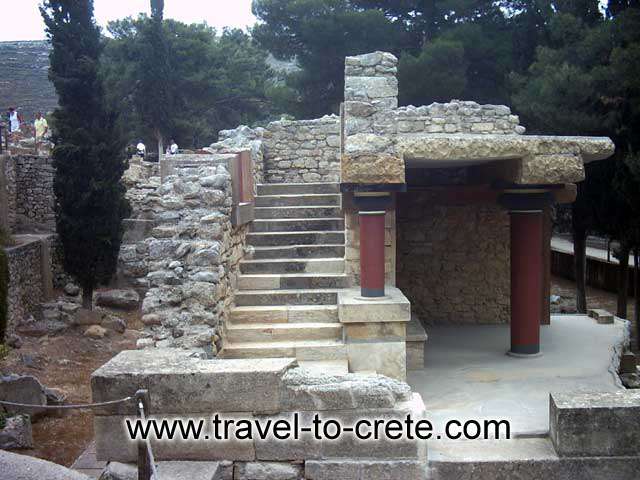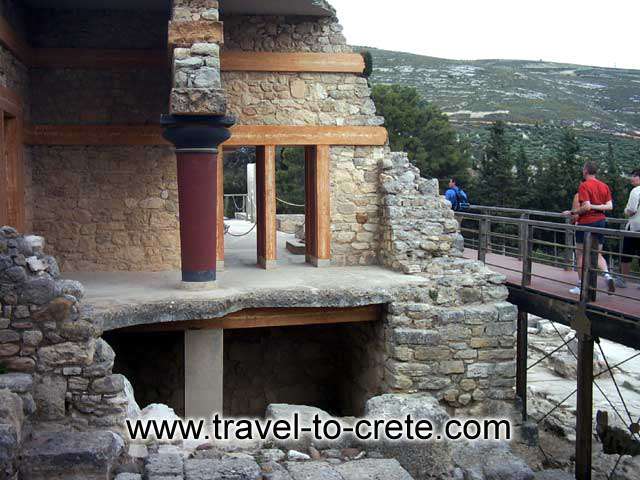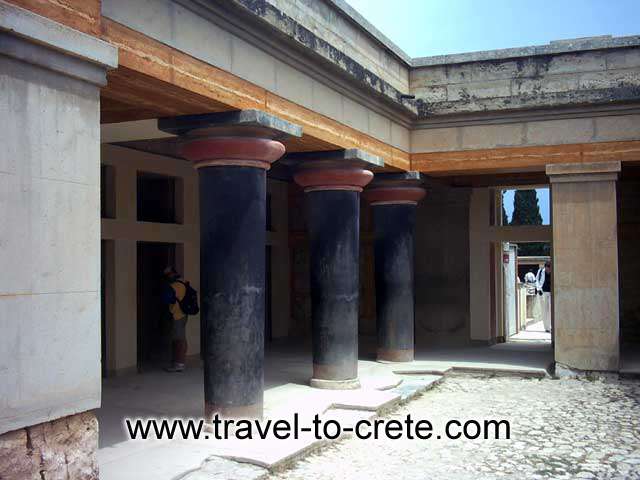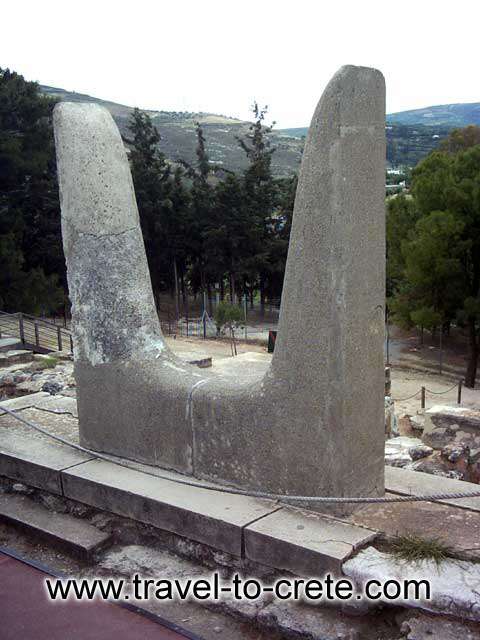| www.Travel-To-Crete.com - CRETE ISLAND GUIDE | |
 |
||
|
|
|
| -------------------------------------------------------------------- |
|
WORTH SEEING FRAGOKASTELO LATO VASILIKE Agias Lake NAUTICAL MUSEUM OF C PALAIKASTRO THE SAMARIA GORGE THE MONASTERY OF TOP PHALASARNA AGIOS MINAS THE CAVE OF PSYCHRO KAZANTZAKIS MUSEUM MPELENI CASTLE POPUL CAVE OF EILEITHYIA ARCHAEOLOGICAL MUSEU CRETE HOTELS RESTAURANTS CAFE CAR RENTALS TRAVEL AGENCY ARTSHOPS DIVING REAL ESTATE WINE SHOP NIGHTLIFE LOCAL PRODUCTS CAMPING PHOTOGRAPHY VILLAS GYM FITNESS DAILY CRUISES BOOKSTORES GREEK LANGUAGE MAP INFORMATION VILLAGES BEACHES WORTH SEEING PHOTO GALLERY VIDEO GALLERY 360 PANORAMAS TOP 10 E-CARDS TOPICS MAILING LIST NEWS SEARCH ABOUT US LINKS TERMS 
|
|




 ABOUT
KNOSSOS
ABOUT
KNOSSOS



